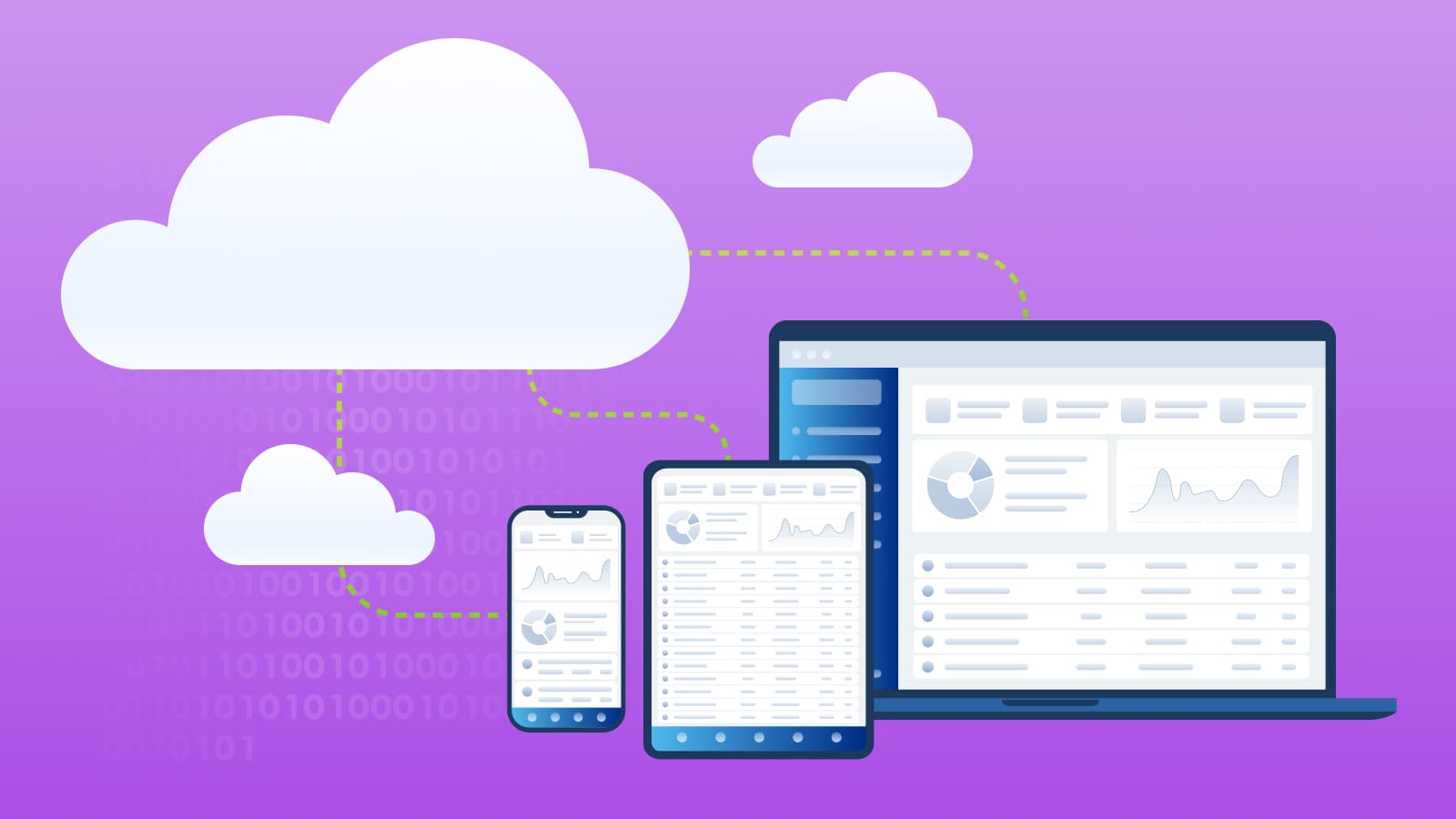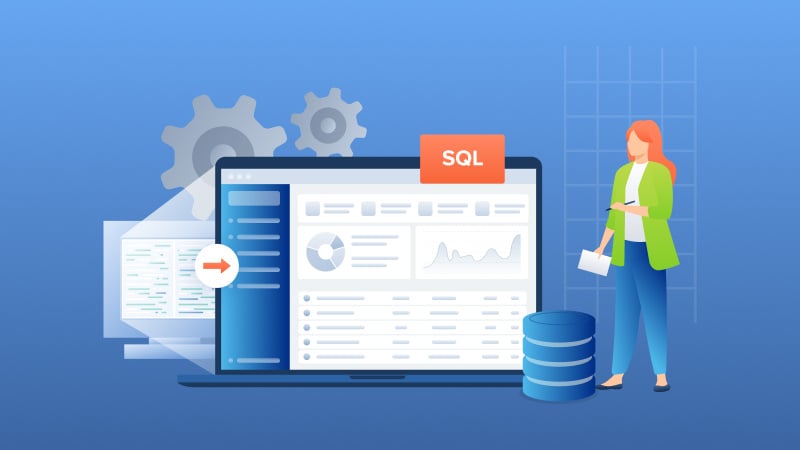Why Migrate from Btrieve to PostgreSQL and other Relational Databases?
Introduction Many independent software vendors (ISV) and corporate users still rely on applications that use a category of database collective called...

This post was co-authored with Riaz Merchant, President/CEO at Mertech Data Systems, Inc.
For established small-to-medium-sized ISVs, a hybrid cloud migration strategy is the best way to take advantage of the Cloud while exploiting your existing products and infrastructure.
This approach requires you to create a combination of public and private systems and servers that work in concert.
The result? You create a new breed of distributed apps called hybrid cloud applications. Your customers will use these apps, as well as your existing software, to seamlessly access their data from their desktops, over the web, and on mobile devices.
In addition to providing both you and your customers with the cloud-based benefits we've already expounded upon, hybrid cloud migration carries several key advantages unique to established ISVs.
Let's explore all about hybrid cloud application migration benefits, key trends, and how to plan and navigate its execution successfully.
Hybrid cloud migration process involves moving your organization's digital assets, workloads, and applications between a mix of on-premises, private cloud, and public cloud environments.
This strategy allows you to balance the need for control, compliance, and agility by leveraging the strengths of both on-premises and cloud-based solutions. For example, you can still keep sensitive data on-premises for security reasons while utilizing the Cloud's scalability for customer-facing applications.
This type of cloud migration enables you to optimize your IT infrastructure for cost, performance, and security, making it a flexible and efficient approach to digital transformation.
Hybrid cloud migration combines the best of both worlds, marrying the security of on-premises systems with the scalability of cloud solutions.
Let's take a closer look at the main benefits this versatile computing environment offers:
If done correctly, hybrid cloud migration will enable your apps to pull data from the same databases already running on your customers' sites. So, your customers will be working with the same data and the same trust in that data when using your new cloud-based apps.
Combined with the accessibility of your cloud-based offering, this should allow you to sell customers on paying a little extra per month to live in the Cloud. The extra revenue you receive will help offset the costs incurred during your hybrid cloud transformation.
And, of course, middleware vendors offering their users access to your software can also charge for access to your cloud-based app, which is a revenue win all-around.
Ease of access is both the Cloud's greatest strength and its greatest potential weakness. Many companies, especially those that work with particularly sensitive data (such as confidential customer information or data regulated by HIPAA-like industry standards), are skeptical of storing their data in the Cloud.
In the hybrid cloud model, your customers continue to store sensitive data on-site, exposing only non-sensitive material to the Cloud. This allows them to utilize the cheap and flexible cloud infrastructure while preserving data security.
This is both the central tenant and the biggest benefit of hybrid cloud implementation. As we said above, creating a brand-new, Cloud-based application can prove expensive and demanding.
But what if you didn't have to start from scratch?
Thankfully, you don't.
There are a variety of solutions (including our own product, Thriftly) that help you create web APIs for cloud computing.
Web APIs allow developers to access your software's existing functions and your customers' existing data when creating cloud-based apps. This reduces the costs and pressures your team will face during your migration to the hybrid cloud, and it provides you with a great starting point for a larger cloud-based strategy.
Planning a hybrid cloud migration requires thorough preparation, strategic thinking, and a clear map to ensure smooth execution. Here are a few steps you can follow during this phase:
Next, let's see how to implement hybrid cloud technology into your business.
Hybrid cloud architecture serves as the backbone of your digital transformation, merging the robustness of on-premises infrastructure with the agility of cloud computing.
Here are some key tips to guide you in creating a well-thought-out hybrid cloud architecture:
Hybrid cloud technology is shaping the future of businesses in profound ways. Here are some of the key future trends in this field you should keep an eye on:
As we navigate the complexities and opportunities of hybrid cloud migration, it's clear that this can help you stay agile and competitive in the digital era. Embracing hybrid cloud technology is not just a step towards innovation – it's a leap into the future of seamless, scalable, and secure IT infrastructure.
Ready to embark on your hybrid cloud migration journey?
Mertech is here to guide you every step of the way, following all the cloud migration best practices. With our expert hybrid cloud migration services, you can unlock the full potential of the Cloud, ensuring a smooth, efficient, and successful migration. Contact us today and take the first step towards transforming your business.
Common challenges include:
Strategic planning and partnering with experienced service providers can help you overcome these obstacles.
Yes, you can minimize or even eliminate downtime during the hybrid cloud transition.
To do this, you can utilize different techniques like phased migration, where workloads are moved in stages, and leveraging cloud-native services for seamless transition can ensure business continuity.

Introduction Many independent software vendors (ISV) and corporate users still rely on applications that use a category of database collective called...

COBOL applications are the foundation of numerous essential business functions, especially within the banking, insurance, and government sectors....

Imagine breaking free from the constraints of old, monolithic systems and embracing the agility and innovation of cloud-based solutions.